Interest rates tipped to fall under new RBA governor
www.realestate.com.au| Sarah Dowling| 19 July 2023
Some economists expect the cash rate will return to the low 3s by the end of 2024, providing some relief for borrowers who have seen their monthly repayments jump almost 60% since May 2022.
Prime Minister Anthony Albanese and Treasurer Jim Chalmers announced on Friday that Ms Bullock would take over from current RBA governor Philip Lowe when his seven-year term expires in mid-September.
While Mr Lowe will be remembered by many for delivering the fastest tightening cycle in a generation – lifting the cash rate 4 percentage points in the space of just 13 months – economists anticipate the heavy lifting may be done by the time Ms Bullock takes the reins.
The outlook for interest rates
The minutes of the July RBA meeting, released Tuesday, showed it was a close call to hold the cash rate steady at 4.1%, with the board considering both a pause and another 25 basis point increase.
“Noting both the uncertainty around the outlook and the significant increase in interest rates to date, members agreed to hold the cash rate steady and reassess the situation at the August meeting,” the minutes said.
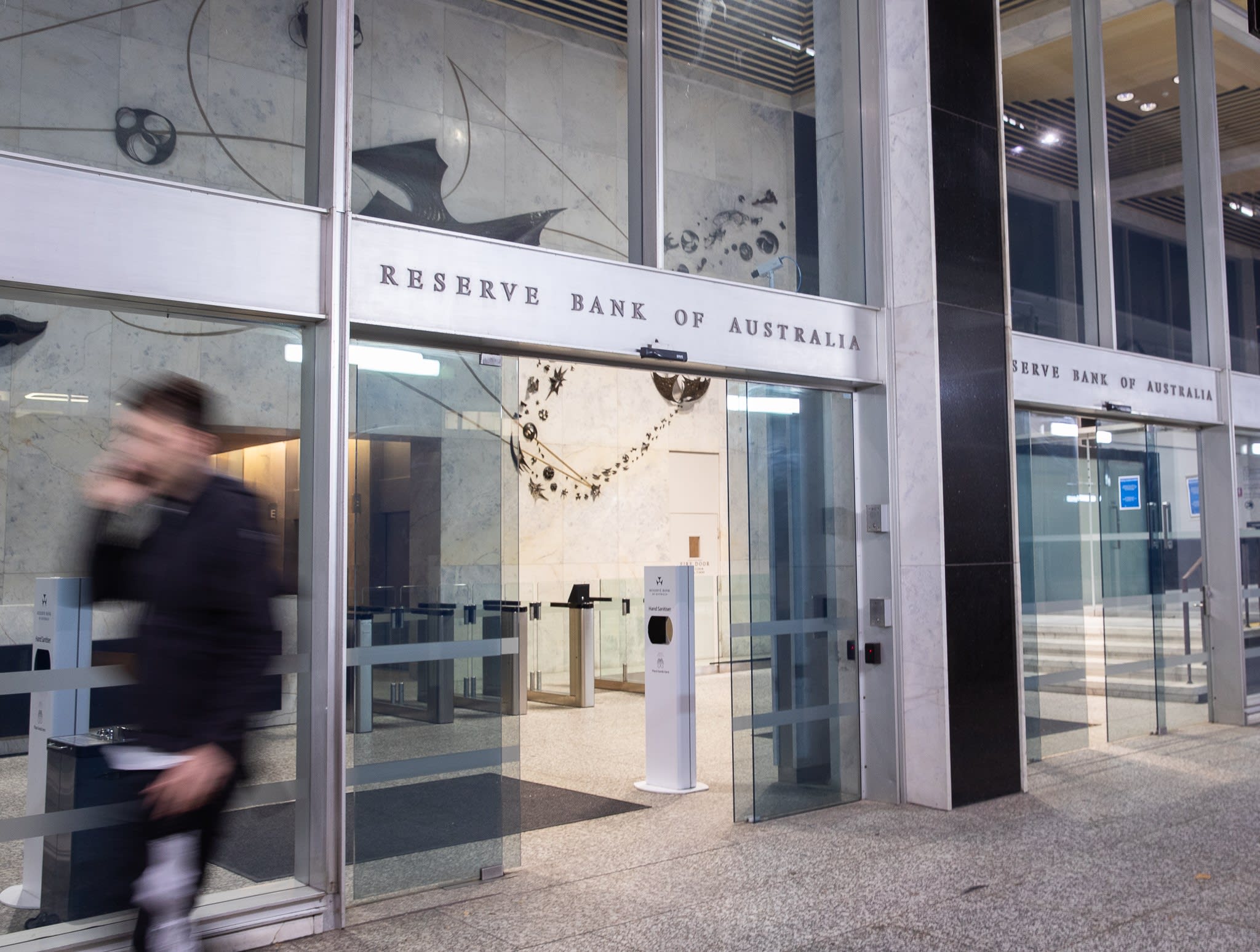
The RBA minutes showed the July decision to hold interest rates steady was a close call. Picture: Getty
The RBA noted further tightening “may be required” to bring inflation back to target within a reasonable timeframe but said it depends on how the economy and inflation evolve.
The next phase of the cycle: rate cuts
Economists are divided over the path forward for interest rates, with the consensus for one or two more hikes over August and September, before cuts next year. Some economists say the first cut could come as soon as February.
Here’s what some the nation’s leading economists predict:

ANZ believes the RBA may already be finished with its hiking cycle, saying an extended pause at 4.1% is now most likely, with cuts pencilled in for the end of 2024 due to “both a higher unemployment rate and confidence inflation is returning to the band.”
“The RBA has now paused twice in the past four months,” ANZ head of Australian economics Adam Boyton said.
“While the labour market remains tight, consumers’ unemployment expectations, business forward orders and job ads collectively suggest a modest uptrend in the unemployment rate over coming months.”
Westpac is forecasting a further two rate hikes to a peak of 4.6%, but sees cuts earlier than ANZ, by the middle of next year, with the cash rate tipped to end 2024 at 3.85%.
“We confirm our call that, following the hikes in August and September, rates will remain on hold until May next year when conditions will allow the Board to begin easing,” Westpac chief economist Bill Evans said.
CBA and NAB anticipate even heavier cuts, with both forecasting a cash rate of 3.1% by the end of 2024 – a full percentage point lower than where it sits today.
CBA head of Australian economics Gareth Aird expects the first cut will take place within months of Ms Bullock taking over as governor, with 50 basis points of cuts by March, followed by three more cuts over the rest of the year.
“We believe policy easing will be required of this magnitude over 2024 to avoid the unemployment rate lifting back to 5.0% – around the level it sat pre-pandemic,” Mr Aird said.
“It is possible that the RBA leaves policy on hold for an extended period in 2024 if inflation proves hard to return to target and unit labour costs don’t decelerate enough.”
What that means for borrowers
Households that locked into ultra-low fixed rate mortgages during the pandemic have been shielded to the rate hikes so far, but for those with a variable home loan, the financial hit has been significant.
Since the first hike in May 2022, a borrower with $500,000 outstanding on their mortgage has seen their repayments jump by more than $1,200 a month on average, or around 58%, assuming their lender passed on each hike in full.
If the cash rate fell to 3.1% next year, as forecast by CBA, that would free up around $327 a month for that same borrower, lowering the total hit to around $882 – assuming their lender passes any cuts on in full.
What the RBA’s latest hike means for the property market recovery
3 May 2023
For a borrower with $1 million outstanding, monthly repayments would improve by $653.
Increase to monthly repayments since May 22:
| Loan size | 4.1% cash rate | 3.1% cash rate | Difference |
| $500,000 | $1,209 | $882 | $327 |
| $750,000 | $1,814 | $1,323 | $490 |
| $1,000,000 | $2,418 | $1,765 | $653 |
While that’s welcome news to those feeling the squeeze, the RBA minutes suggest there’s still some near-term pain to come.
Mortgage interest payments are estimated to be at a record high of 9.4% of income and will continue to rise even without further interest rate hikes, the minutes noted, as borrowers with fixed-rate loans roll off onto higher variable rates and earlier increases in lending rates flow through.
AMP deputy chief economist Diana Mousina says the high proportion of fixed rate mortgages has created more of a lag than usual for interest rates to be felt in the economy.
“In this cycle there’s been a bit more of a delay than usual because of the fixed rate impact,” Ms Mousina said.
“At previous points in time 15% of the market might have been fixed, whereas during the pandemic 40% of people went fixed. So it’s quite a big difference and all those fixed rate loans are rolling off around now to the September quarter.”

Up to 800,000 fixed rate home loans are set to expire in 2023, according to RBA estimates. Picture: Getty
The RBA estimates around 800,000 fixed rate mortgages worth $350 billion are set to expire this year, with borrowers rolling onto much higher interest rates.
But Ms Mousina says there are signs the rate hikes are working.
“Consumer spending volumes have gone down, discretionary spending has been negative over the December and the March quarters, retail spending has slowed right down, consumer sentiment is at recessionary-like levels, business confidence and conditions have come down a lot, forward looking capital spending is weakening, the building sector is in a massive downturn and GDP growth has slowed,” she said.
“And of course, inflation has slowed down as well. So we are definitely seeing the impacts of those rate decisions, but there’s more impacts to come from interest rates.”
AMP predicts another two hikes in August and September, pencilling in four rate cuts in 2024 to take the cash rate back to 3.65%.

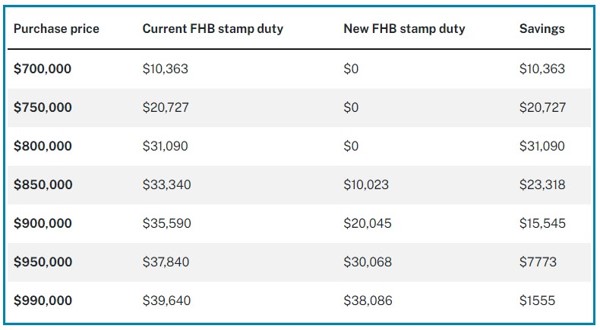


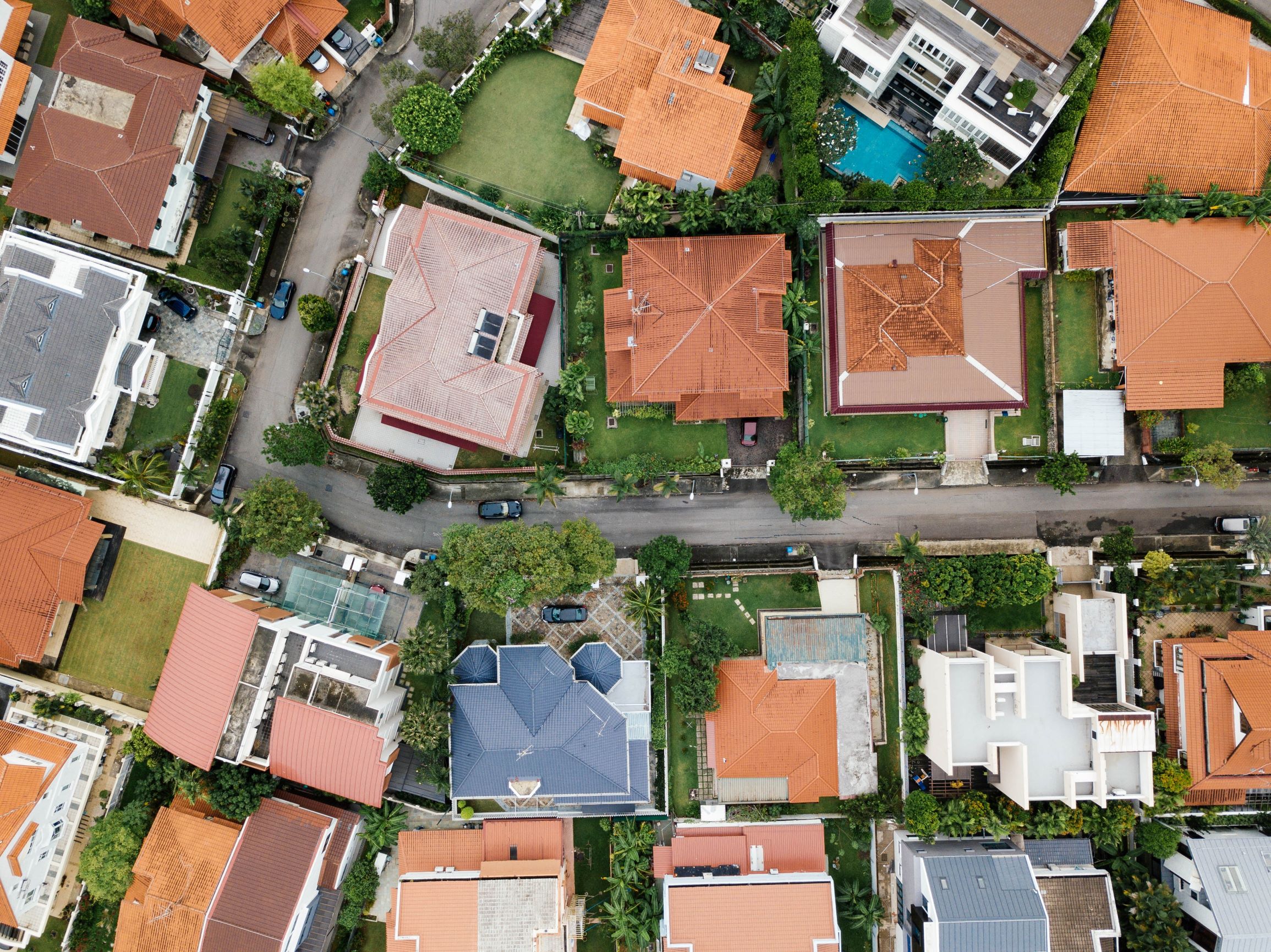 The collective value of Australia’s 10.8 million residential homes has topped $10 trillion for the first time.
The collective value of Australia’s 10.8 million residential homes has topped $10 trillion for the first time.
 A larger-than-expected cash rate rise this week took many by surprise, but there could be light at the end of the tunnel for those worried about their rising mortgage repayments.
A larger-than-expected cash rate rise this week took many by surprise, but there could be light at the end of the tunnel for those worried about their rising mortgage repayments.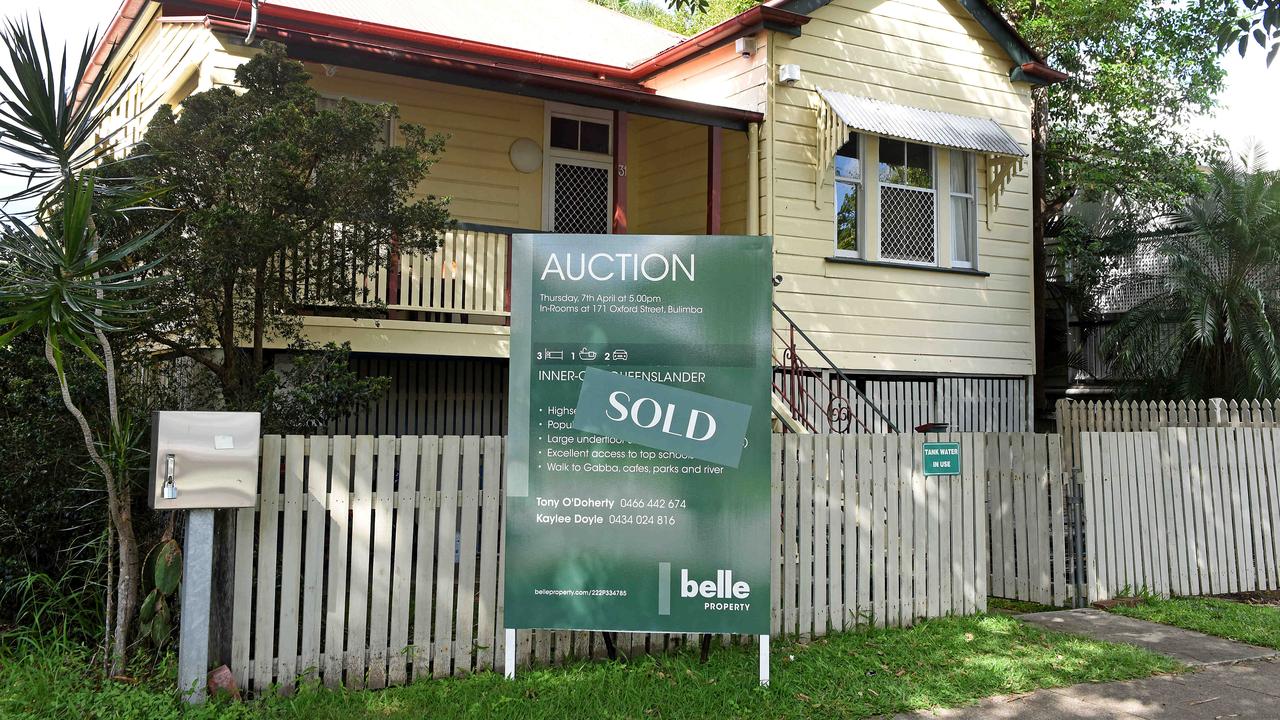

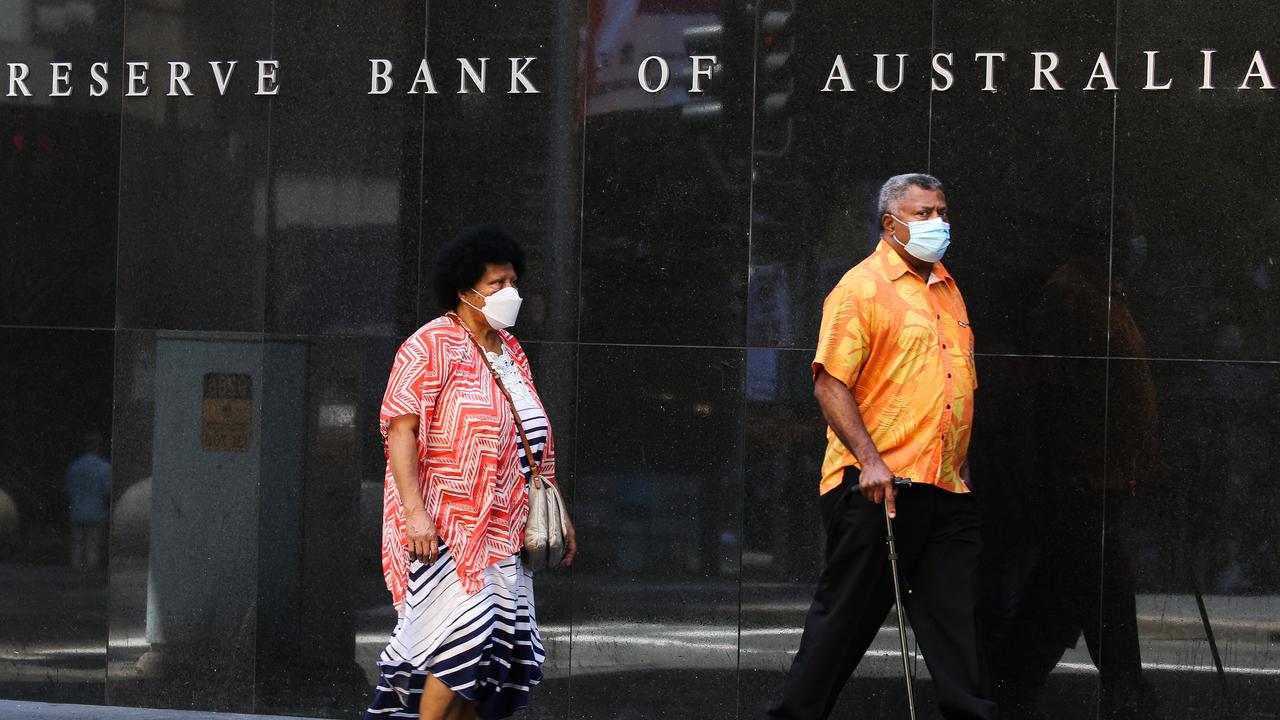
 Origin Finance is a
Origin Finance is a